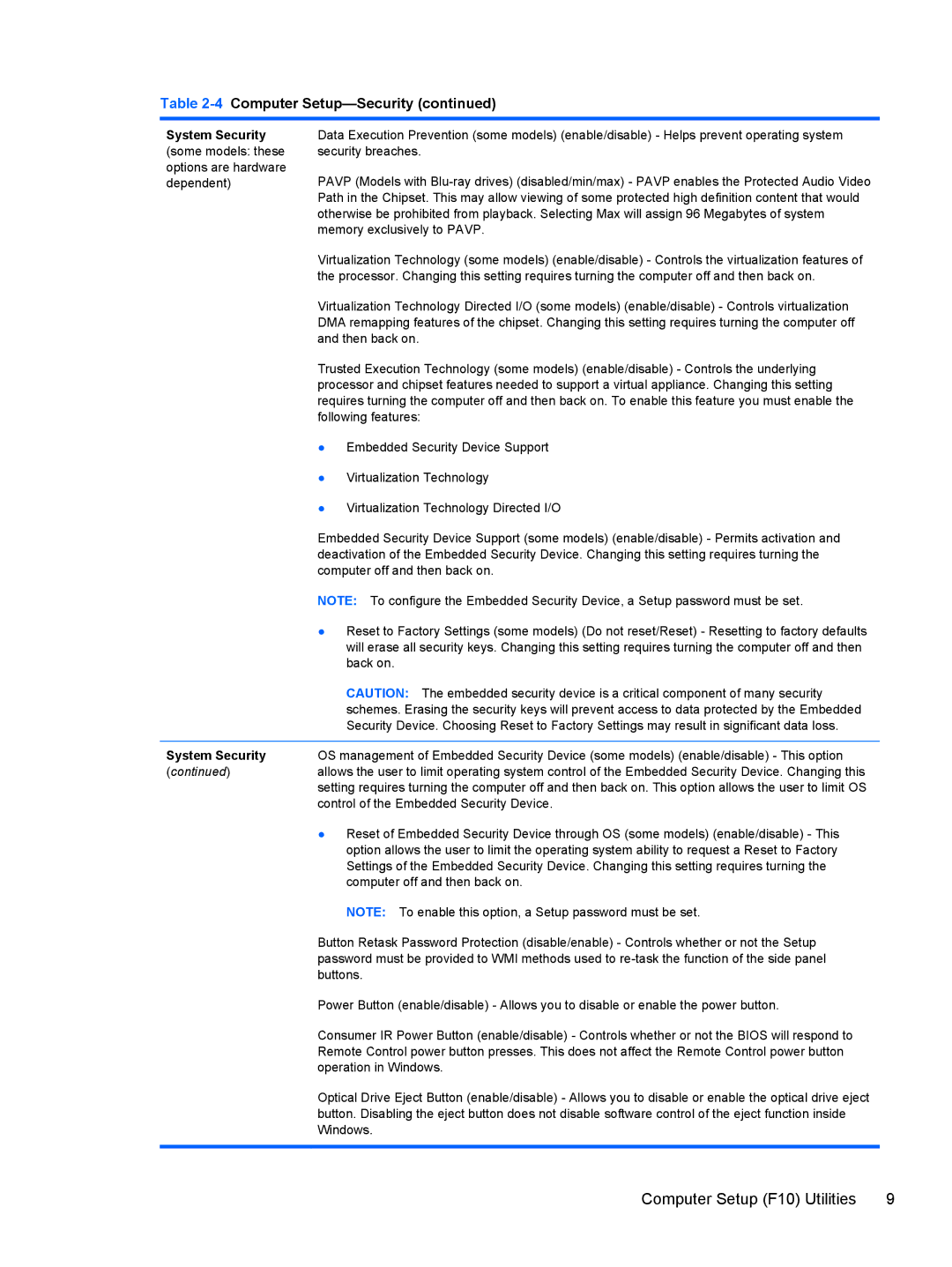Table 2-4 Computer Setup—Security (continued)
System Security | Data Execution Prevention (some models) (enable/disable) - Helps prevent operating system |
(some models: these | security breaches. |
options are hardware | PAVP (Models with |
dependent) | |
| Path in the Chipset. This may allow viewing of some protected high definition content that would |
| otherwise be prohibited from playback. Selecting Max will assign 96 Megabytes of system |
| memory exclusively to PAVP. |
| Virtualization Technology (some models) (enable/disable) - Controls the virtualization features of |
| the processor. Changing this setting requires turning the computer off and then back on. |
| Virtualization Technology Directed I/O (some models) (enable/disable) - Controls virtualization |
| DMA remapping features of the chipset. Changing this setting requires turning the computer off |
| and then back on. |
| Trusted Execution Technology (some models) (enable/disable) - Controls the underlying |
| processor and chipset features needed to support a virtual appliance. Changing this setting |
| requires turning the computer off and then back on. To enable this feature you must enable the |
| following features: |
| ● Embedded Security Device Support |
| ● Virtualization Technology |
| ● Virtualization Technology Directed I/O |
| Embedded Security Device Support (some models) (enable/disable) - Permits activation and |
| deactivation of the Embedded Security Device. Changing this setting requires turning the |
| computer off and then back on. |
| NOTE: To configure the Embedded Security Device, a Setup password must be set. |
| ● Reset to Factory Settings (some models) (Do not reset/Reset) - Resetting to factory defaults |
| will erase all security keys. Changing this setting requires turning the computer off and then |
| back on. |
| CAUTION: The embedded security device is a critical component of many security |
| schemes. Erasing the security keys will prevent access to data protected by the Embedded |
| Security Device. Choosing Reset to Factory Settings may result in significant data loss. |
|
|
System Security | OS management of Embedded Security Device (some models) (enable/disable) - This option |
(continued) | allows the user to limit operating system control of the Embedded Security Device. Changing this |
| setting requires turning the computer off and then back on. This option allows the user to limit OS |
| control of the Embedded Security Device. |
| ● Reset of Embedded Security Device through OS (some models) (enable/disable) - This |
| option allows the user to limit the operating system ability to request a Reset to Factory |
| Settings of the Embedded Security Device. Changing this setting requires turning the |
| computer off and then back on. |
| NOTE: To enable this option, a Setup password must be set. |
| Button Retask Password Protection (disable/enable) - Controls whether or not the Setup |
| password must be provided to WMI methods used to |
| buttons. |
| Power Button (enable/disable) - Allows you to disable or enable the power button. |
| Consumer IR Power Button (enable/disable) - Controls whether or not the BIOS will respond to |
| Remote Control power button presses. This does not affect the Remote Control power button |
| operation in Windows. |
| Optical Drive Eject Button (enable/disable) - Allows you to disable or enable the optical drive eject |
| button. Disabling the eject button does not disable software control of the eject function inside |
| Windows. |
|
|
Computer Setup (F10) Utilities | 9 |
